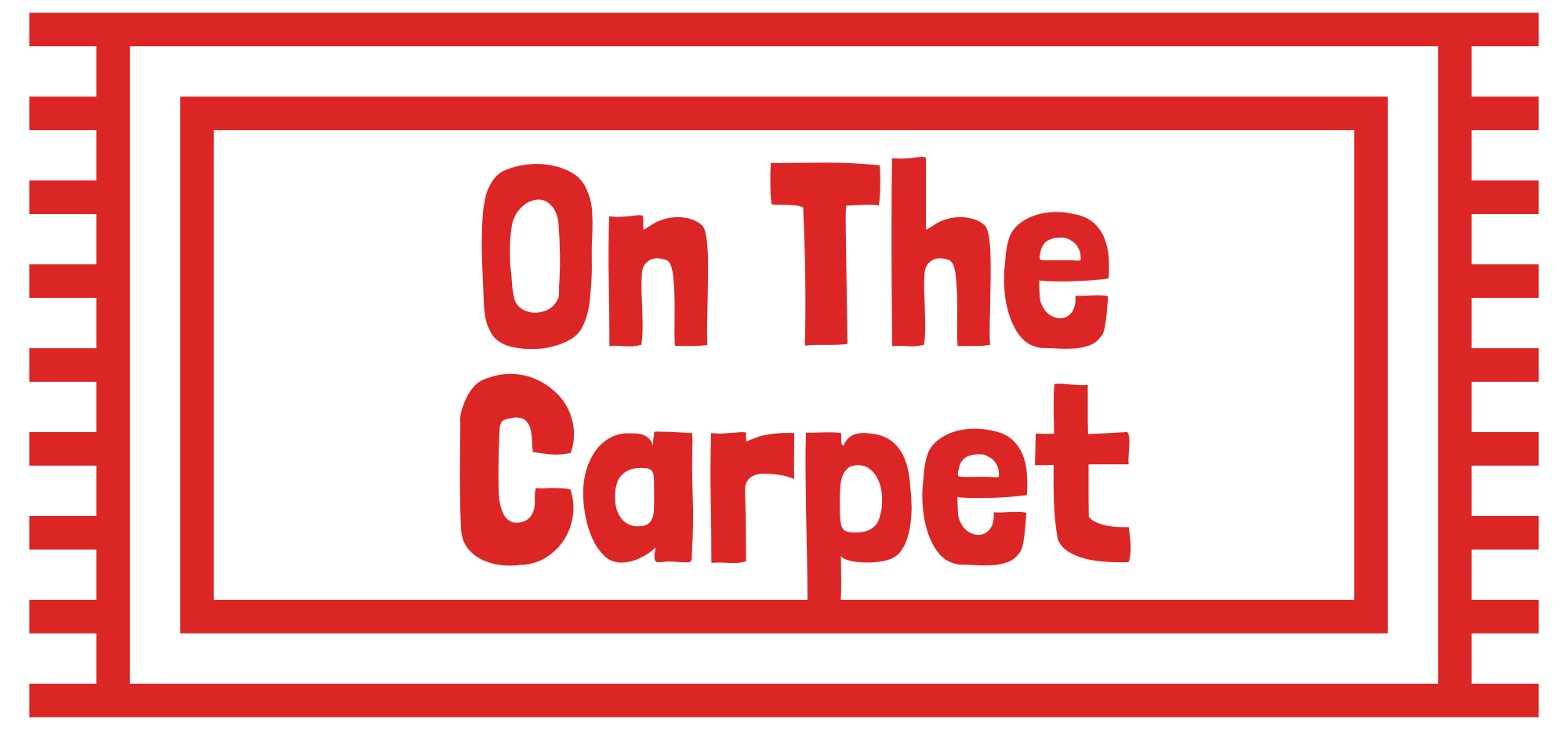How Painful Are Nasolabial Fillers?
Book Your Dermal Filler Session with Dr. Laura Geige Today
## Factors Influencing Pain Level

Pain levels during nasolabial filler injections vary greatly from person to person.
Several factors contribute to this variation:
- Individual Pain Tolerance:**
- Injection Technique:**
- Area Being Treated:**
- Filler Type and Viscosity:**
- Anxiety Levels:**
- Medical History:
A skilled injector using proper techniques can minimize discomfort. Numbing cream and ice packs are often used beforehand to reduce sensitivity.
The nasolabial folds (the lines running from the nose to the corners of the mouth) contain a higher concentration of nerve endings compared to other areas, making them potentially more sensitive.
Different fillers have varying consistencies. Thicker fillers may cause slightly more pressure and discomfort during injection.
Pre-existing anxiety or fear of needles can amplify the perceived pain.
Individuals with certain medical conditions, such as trigeminal neuralgia, may experience heightened sensitivity to pain.

It’s important to discuss your concerns and expectations about pain levels with your injector beforehand. They can help you manage discomfort and ensure a more comfortable experience.
### Injection Technique
Nasolabial fold filler injections involve injecting hyaluronic acid gel into the nasolabial folds, which are the creases that run from the sides of your nose down to the corners of your mouth. These injections are designed to plump up the area and reduce the appearance of wrinkles.
The level of pain associated with this procedure can vary significantly from person to person. Some individuals experience only mild discomfort, while others find it to be more painful.
Several factors can influence the amount of pain felt during injection:
- Individual Pain Tolerance:**
- Numbing Cream: An anesthetic cream is usually applied to the area before injection, which can significantly reduce discomfort. However, everyone’s response to numbing creams differs.
- Injection Technique: An experienced injector will use precise techniques to minimize pain.
- Location of Injection: Some areas may be more sensitive than others.
Some people are simply more sensitive to pain than others.
Book a Consultation for Dermal Fillers with Dr. Laura Geige at It’s Me and You Clinic
Many patients describe the sensation as a stinging or pinching feeling, similar to that of a mosquito bite. Some might also experience a slight throbbing for a short time after the injections.
It’s important to discuss your concerns about pain with your injector before the procedure. They can help manage your expectations and provide strategies to minimize discomfort.
Anesthetization Filler Type
## Managing Discomfort
When considering *nasolabial filler* treatments, understanding the potential for discomfort is crucial.
While generally well-tolerated, some patients may experience varying levels of pain or sensitivity during and after the procedure. Several factors contribute to this, including individual pain tolerance, the specific filler type used, and the injector’s technique.
Let’s delve into different *anesthetization* techniques commonly employed to manage discomfort during nasolabial filler injections:
-
Topical Anesthetic Creams:**
-
Local Anesthesia Injections:
Applying a topical anesthetic cream to the treatment area about 30 minutes prior to the procedure can help numb the skin and reduce initial discomfort.
Many injectors use small needles to inject local anesthesia directly into the target areas before injecting the filler. This provides a more profound level of numbing, minimizing pain during injection.
Here’s a closer look at *filler types* and their potential impact on discomfort:
-
Hyaluronic Acid (HA) Fillers: HA fillers are generally considered to be more comfortable due to their gel-like consistency. The injection process often feels like small pinpricks.
-
Calcium Hydroxylapatite (CaHa) Fillers: CaHa fillers tend to have a slightly thicker consistency than HA fillers, which may result in a slightly more pronounced feeling of pressure during injection.
Schedule a Dermal Filler Session with Dr. Laura Geige
It’s important to communicate openly with your injector about your pain tolerance and concerns. They can tailor the anesthesia technique and filler selection to minimize discomfort and ensure a comfortable experience for you.
Pre-Procedure PreparationDuring Procedure TechniquesPost-Procedure Care
## Realistic Expectations
Pre-Procedure Preparation:
Before getting nasolabial filler injections, it’s important to consult with a qualified and experienced injector. They will assess your facial anatomy, discuss your desired outcome, and address any concerns you may have.
The injector may recommend avoiding blood-thinning medications such as aspirin or ibuprofen for several days prior to the procedure, as this can increase bruising. It’s also important to avoid alcohol consumption in the days leading up to the treatment.
You should arrive at your appointment with a clean and makeup-free face.
During Procedure Techniques:
Nasolabial filler injections typically involve using a very fine needle to inject hyaluronic acid gel into the nasolabial folds.
The injector will apply topical numbing cream to minimize discomfort during the procedure. You may also receive local anesthesia if needed.
During the injection process, you may feel some pressure or pinching sensations, but it’s generally well-tolerated.
Post-Procedure Care:
After your treatment, you may experience mild swelling, bruising, and redness. These side effects typically subside within a few days.
It’s important to avoid touching or massaging the treated area for 24 hours.
You can apply cold compresses to reduce swelling and inflammation.
The injector may recommend avoiding strenuous activities and excessive sun exposure for a few days after the procedure.
Realistic Expectations:
Nasolabial filler injections can effectively soften and smooth nasolabial folds, giving you a more youthful and refreshed appearance.
However, it’s essential to have realistic expectations.
The results are not permanent and will gradually fade over time, typically lasting 6 to 18 months.
Multiple treatments may be required to maintain the desired results.
Remember that individual results vary depending on factors such as skin type, age, and lifestyle.
Temporary DiscomfortIndividual Variation
Crimson Hill Pets R4U Dr. Nerina Muses
- How Painful Are Nasolabial Fillers? - December 16, 2024
